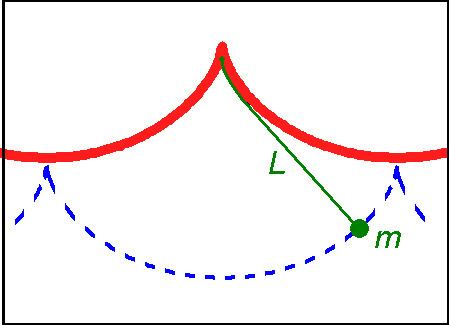 | ||
The relationship between mathematics and physics has been a subject of study of philosophers, mathematicians and physicists since Antiquity, and more recently also by historians and educators. Generally considered a relationship of great intimacy, mathematics has already been described as "an essential tool for physics" and physics has already been described as "a rich source of inspiration and insight in mathematics".
Contents
In his work Physics, one of the topics treated by Aristotle is about how the study carried out by mathematicians differs from that carried out by physicists. Considerations about mathematics being the language of nature can be found in the ideas of the Pythagoreans: the convictions that "Numbers rule the world" and "All is number", and two millennia later were also expressed by Galileo Galilei: "The book of nature is written in the language of mathematics".
Before giving a mathematical proof for the formula for the volume of a sphere, Archimedes used physical reasoning to discover the solution (imagining the balancing of bodies on a scale). From the seventeenth century, many of the most important advances in mathematics appeared motivated by the study of physics, and this continued in the following centuries (although, it has already been appointed that from the nineteenth century, mathematics started to become increasingly independent from physics). The creation and development of calculus were strongly linked to the needs of physics: There was a need for a new mathematical language to deal with the new dynamics that had arisen from the work of scholars such as Galileo Galilei and Isaac Newton. During this period there was little distinction between physics and mathematics; as an example, Newton regarded geometry as a branch of mechanics. As time progressed, increasingly sophisticated mathematics started to be used in physics. The current situation is that the mathematical knowledge used in physics is becoming increasingly sophisticated, as in the case of superstring theory.
Philosophical problems
Some of the problems considered in the philosophy of mathematics are the following:
Education
In recent times the two disciplines have most often been taught separately, despite all the interrelations between physics and mathematics. This led some professional mathematicians who were also interested in mathematics education, such as Felix Klein, Richard Courant, Vladimir Arnold and Morris Kline, to strongly advocate teaching mathematics in a way more closely related to the physical sciences.
